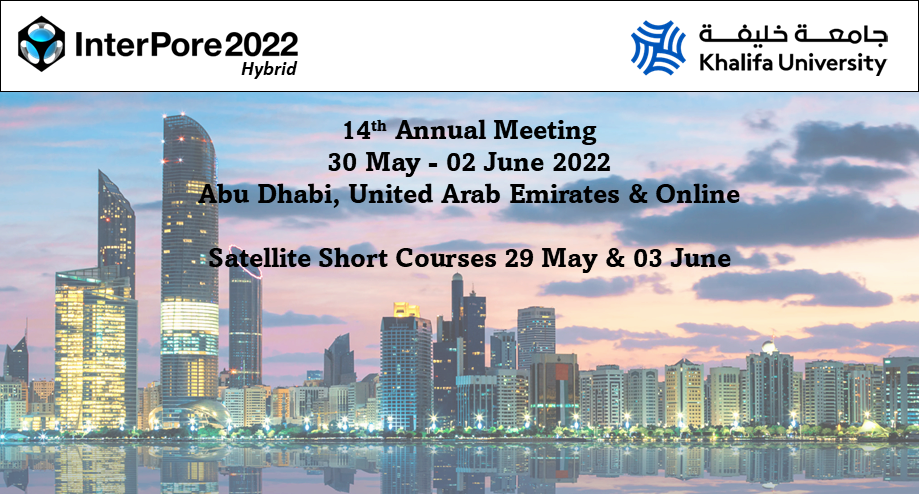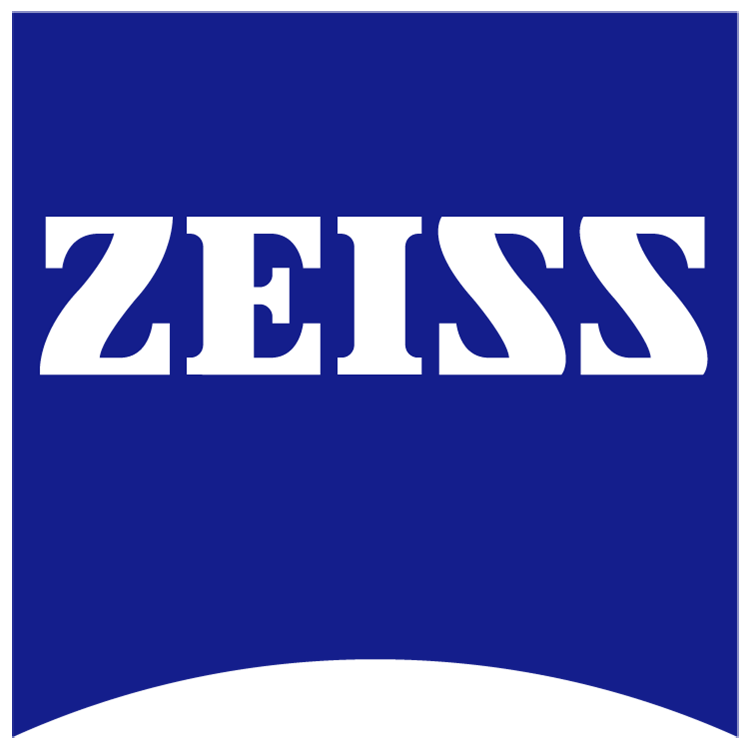Speaker
Description
Heterogeneous catalysts are a broad and versatile set of engineered porous materials, of high surface area and surface functionalization. Automotive catalysts have removed billions of tons of pollutants from entering the atmosphere since their deployment in the 1970s1 and must withstand life long service lives. Their structure-property relationships are complex, determined by porosity, particle size, voids and adhesion between substrate, washcoat base layer and precious metal active components. Catalysts can therefore be challenging to image and characterize at high resolution and in three dimensions.
We demonstrate several novel 3D microscopy approaches to imaging the internal solid and pore structure of catalysts and using those 3D datasets to simulate the performance of gasoline particulate filters (GPF), polymer electrolyte fuel cells (PEFC) and metal organic frameworks (MOF). We describe the use of X ray microscopy for 3D imaging, pore analysis, and differentiation and quantification of washcoat and substrate layers on a honeycomb support.
As part of this work, deep learning was used for reconstruction, measurement and multiphase segmentation of 3D datasets of GPF. Reconstructed data was used for input into gas flow simulations to relate pressure drop to performance. Property simulations were able to predict pressure drop along channels and through channel walls, and reactivity, through experimentally derived structure-boundary conditions.
Further, X-ray nanotomoggraphy was used to study porous PEFC catalyst agglomerate structures and used to simulate gas diffusion through pore networks. Non-destructive 4D studies were enabled by time resolved in situ experiments.
Novel field emission scanning electron micrsoscopy “sweet spot” techniques were then deployed for imaging and understanding platinum nanoparticle decoration on A-site deficient perovskite catalysts for automotive applications, revealing details of terracing and platinum exsolution not previously visible and quantifiable in the scanning electron microscope.
Finally, a novel cryogenic focused ion beam scanning electron microscopy technique was applied for 3D volumetric analysis and lamella preparation for nanoanalytics of MOF materials.
| Participation | In person |
|---|---|
| Country | United Kingdom |
| MDPI Energies Student Poster Award | No, do not submit my presenation for the student posters award. |
| Time Block Preference | Time Block B (14:00-17:00 CET) |
| Acceptance of the Terms & Conditions | Click here to agree |









